Travel Guide to India

Your essential guide to India
- Facts & Figures
- Passport/Visa information
- Climate
- Money matters
- Food & drink
- Health, immunisation & medical kits
- Phone & WiFi
- Emergency contact
- Time & Voltage
- Insurance
- Travel Checklist
Travel Essentials
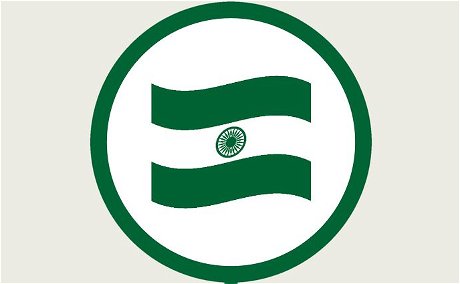
Facts & Figures
India is officially known as the Republic of India.
Capital City: New Delhi
Government: India is politically divided into 7 union territories and 29 states. The structure of the government is divided into three broad branches namely the legislative branch, the executive branch, and the judicial branch.
Population: India has the second largest population in the world, with over 1.339 billion (2017)
Official Language: Many different languages are spoken in India however over 30% of the population speak Hindi, the official language . There are 22 recognised language, of which the main languages are Bengali, Telugu, Marathi, Tamil, and Urdu. English is also widely spoken.
Religion: More than 80% of the population are Hindus. The remaining 20% are Muslim (12%), Christian, Sikh, Jain, Buddhist and other minor beliefs.
Area: India is the seventh largest country by total area.
Geography: India belongs to the continent of Asia, it is bordered by the countries of Bangladesh, Bhutan, Burma, China, Nepal, and Pakistan.
National Flag: The National Flag of India is a horizontal rectangular tricolour of India saffron, white and India green; with the Ashoka Chakra, a 24-spoke wheel, in navy blue at its centre.
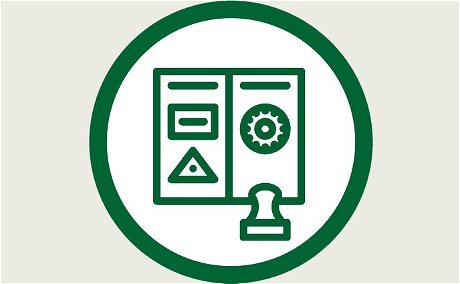
Passports & Visa's
Passport: Your passport needs be valid for at least six months after the end of your tour and it should have at least one blank page for each visa required; plus an additional six blank pages. We recommend you take photocopies of the relevant pages from your passport (including the name/nationality page) and the visas relevant to your trip in case of loss or damage to your passport.
E-Visa's: As of 2017 India is now offering E-Visas for most nationalities. These can be applied for at the link below:
Please note: E-Visa's are only an option if you are arriving into India via a major airport and staying less than 60 days. They are not valid for entry at land borders.
Standard Visa: If you are entering India by land or staying longer than 60 days you must apply for a visa at your nearest Indian Embassy. At least a doubleentry visa MUSTbe obtained for and it is recommended to obtain this in you home country.
When applying for your Indian visa , please ensure you have a photocopy of your itinerary and the address of the joining hotel. A copy of your airline tickets can also be helpful.
For your visa application you need to include the following information under the local contact section towards the end of the application:
Sea & Sky Travel (India) Pvt. Ltd.
90/60 Malviya Nagar
New Delhi – 110017
India
Mobile: 0091 9868287712 / 9711131654
E-mail : [email protected]
Website : www.seaandskytravel.com
CIN No. U60221JK1987PTC000994
Indian visa prices vary considerably according to different nationalities, a 6-month double entry visa will cost between US$50 and US$125.
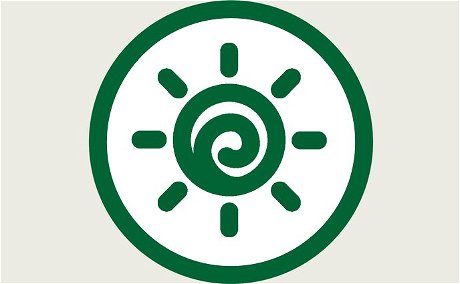
Climate
India's climate can be classified as a hot tropical country, except the northern states of Himachal Pradesh and Jammu & Kashmir in the north and Sikkim in the northeastern hills, which have a cooler, more continental influenced climate.
February to March: The days are normally warm to hot and the nights cool.
April to June: In most of India summer is very hot. It begins in April and continues till the beginning of October, when the monsoon rains start to fall. The heat peaks in June with temperatures in the northern plains and the west reach 45° C and more. The monsoons hit the country during this period too, beginning 1st of June when they are supposed to find the Kerala coast, moving further inland and north from day to day.
July to November: Monsoon season reaches the north. Moisture laden trade winds sweep the country bringing heavy rains and thunderstorms; sometimes these monsoon rains can be very heavy, causing floodings and damage, especially along the big Rivers of India, Bramaputhra and Ganges.
December-January: The plains in the north and even the barren countryside of Rajasthan have a cold wave every year at this time. Minimum temperatures could dip below 5°C but maximum temperatures usually do not fall lower than 12°C. Warm clothes are essential for the early mornings and evenings. It's a pack for all seasons time of year.
In the northern high altitude areas of the northern mountains it snows through the winter and even summer months are only mildly warm.

Money Matters
Official Currency: Indian Rupee (INR). Its symbol is ₹ and is often displayed as Rs.
The government of India declared INR 500 and INR 1000 currency invalid from the midnight of Nov. 8 2016 in an effort to crack down on black money. The newest addition to India’s currency series means the release of four new currency notes – INR 50, 200, 500 and 2,000. Plans to introduce a new Rs 1,000 note are also reportedly afoot.
Foreign Currency: US$ or UK£ are strongly recommended however AU$ & NZ$, Euro€ can also be changed.
Please not that most banks and money exchangers in Asia will now only accept bills with a metallic strip. For US$ we advised to bring notes no older than 2013. All foreign currency that are not worn, damaged or written on.
Whilst large notes generally attract a better rate, it is advisable to bring some smaller notes as well.
Money Exchange: It is not really worth buying local currencies before you travel. Many countries have strict regulations about the amount of local currency you can import or export and it can be extremely difficult to exchange these currencies for a different currency once you have left. Please keep this in mind when planning your budget by withdrawing/ exchanging what you need as you go. Less is sometimes best.
As you are being picked up from the airport you will not need to change any money immediately upon arrival. Once you have arrived at the Joining hotel, your trip leader can advise and help you to obtain local currency.
Money exchange facilities are available in most towns and tourist destinations. Generally if you change money at hotels, the rate is quite un-favourable for you.
You can change Indian rupees back to US$ or UK£ on departure from India at the airport but you will need to show exchange receipts so remember to keep them.
Daily exchange rates can be found using the following website:
ATM's & Credit Cards: ATM's are readily available in most towns. Look for Bank of India or ICICI ATM's. Experience has shown these to be the most reliable for withdrawals. India’s ATM PIN system is set to accept 4 -digit codes, so if your PIN is longer, you may need to change it before traveling, to prevent declined transactions.
Please remember if you are using an ATM, there is usually a fee charged from the local bank and your bank.
Credit Cards such as Visa and Mastercard are not generally accepted except in larger establishments but can often incur very high commission charges. We recommend you bring a combination of cash and card.
BOA also advises that you let your bank know they will be travelling (where and when). It is not an unusual practice for a bank to put a hold on a credit card or ATM card if the card has been used overseas and the user had not notified the bank of overseas travel. This is a security measure many banks take against credit card and ATM card fraud/theft.
Travellers Cheques: Travellers cheques are not recommended in India as they are often difficult to exchange and incur high fees.
Contingency Emergency Fund: We have already mentioned in “Essential Travel Information” that we advise you to have a contingency fund of at least US$400, and also it is advisable to carry an internationally recognized credit card in case of emergencies.

Food & Drink
Whilst it is impossible to be 100% sure about the safety of restaurants, most of our meals will be taken in good quality restaurants and hotels. One of the best ways to get a feel for a culture is through the local cuisine and we don’t want you to miss out. It is unlikely you will get sick from eating local dishes, but here are a few tips to help:
- Stick to restaurants and street stalls busy with locals - being busy is a good sign of good food.
- Wash your hands before eating or use sanitising hand gel or wipes
- Give your body a few days to get used to the change in diet
- If in doubt go vegetarian
- Steer clear of ice and salads in cheap restaurants and street stalls
The traditional food of India is as diverse as the climate, cultures and people of India. Of all the cuisines in the world, India has one of the most aromatic and colorful and has been widely appreciated for its fabulous use of herbs and spices.
When we think of Indian food we commonly think of curry, but the word has no real meaning to an Indian and is a word introduced by the British to cover the whole style of cooking food.
Indian food is different from rest of the world not only in taste but also in cooking methods.
'Curries' can be vegetarian, lamb, mutton or chicken but very rarely beef as the cow is sacred to Hindu's in India.
If the spice and style of Indian food gets too much and you need the taste of home, western style food is also available in many hotels and restaurants. You can even get a 'Maharaja Mac', the Indian lamb equivalent of a 'Big Mac'.
Average Price Guide
- Meal, Inexpensive Restaurant US$3.90
- Meal for 2 People, Mid-range Restaurant, Three-course US$17.15
- McMeal at McDonalds (or Equivalent Combo Meal) US$3.60
- Domestic Beer (500ml bottle) US$1.70
- Imported Beer (330ml bottle) US$2.85
- Cappuccino (regular) US$1.80
- Coke/Pepsi (330ml bottle) US$0.45
- Water (330ml bottle) US$0.20

Health, immunisation & medical kits
“Prevention is better than cure”
Many GP surgeries now offer travel advice and vaccinations. Please don’t leave all until the last minute; it can take time to get the relevant vaccinations. You’re GP will be best placed to advise you on personal requirements.
The following websites have comprehensive, up to date vaccination and health information as well as medical and equipment information:
Britain:
Australia and New Zealand:
Please note that it is a good idea to let BOA know if you have any pre-existing conditions that may affect your ability to take part on a trip. There are good medical clinics available in all major cities en-route.
We provide treated drinking water on board our vehicle (steri-pens are utilised) as well as hand washing facilities.
We carry First Aid Kits tailored to the trips we are running however we do recommend you bring your own personalised kit including a good supply of insect repellent and alcoholic hand wash gels.
Vaccinations: Although there is no compulsory vaccinations, the following are generally recommended: tetanus, hepatitis A, typhoid, and polio
Please consult a travel clinic for the latest advice on Malaria, Dengue Fever and Zika Virus with regards to the specific areas you will be travelling through and the types of malaria pills available.
For trips that travel to areas of high altitude, it is recommended to consult your doctor about any pre-existing medical conditions that may worsen.
The above information can change at short notice and some vaccines require more than one dose so please contact your medical professional or a Travel Health Clinic at least 8 weeks before you leave.
It is your responsibility to ensure that you obtain any vaccinations or preventative medicines for the countries you are visiting - or any that may be required by your home country on your return or further travel. You will be issued with a 'International Vaccination Travel Card', ensure that you travel with it.
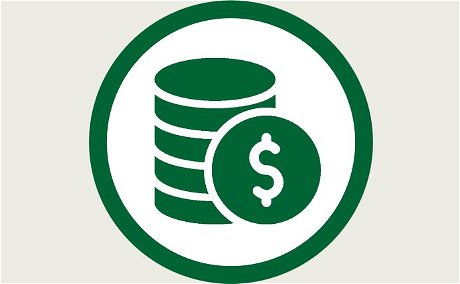
Personal Spending
Personal Spending: What might I spend money on? Your essential expenses are relatively small as the majority of costs are included. However every traveller is different and so is the money they spend. Some may drink more, some may shop more.
You may choose to enjoy a beer or glass of wine or other alcohol with dinner. As a general rule of thumb, beer cost US$4 to US$7 per large bottle at a restaurant or bar. A bottle of wine starts at US$25 (if you are a wine drinker and can manage to bring some of your own stock with you, there is plenty of storage room on the vehicle). We also run a non-profit bar on our vehicle with beers and non-alcoholic drinks. We try to keep these prices as low as possible, depending on how much we can buy our stock for. Generally our bar prices are much lower than restaurants or bars. For more information on food and drink average costs check out the food and drink section below.
Souvenirs; India has no shortage of choice here; religious art, handmade paper, marble inlay, jewellery, right through to elaborate (and expensive) Kashmiri and Tibetan carpets… and the list goes on! Major credit cards can be used for expensive items in most places.
You know your spending habits better than we do so please be sensible when budgeting for things like the meals not included in the itinerary , drinks, shopping, optional activities, personal tipping and laundry. Make sure you read your tour details so you know what's included in the tour price and what isn't. There is a detailed list of optional activities in the day to day itinerary section of the Tour Notes.
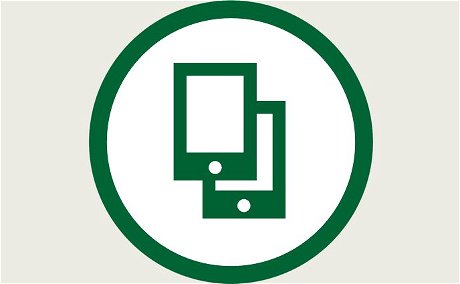
Phone & WiFi
Dialing Code: +91
Mobile Phone: You can purchase a SIM at the airport (or at kiosks everywhere) for use while travelling in India. Airtel or vodaphone are a good bet. SIMs are relatively cheap. You will need to usually provide 2 passport sized photos and a copy of your passport will be made.
WiFi: Generally WiFi is available in most parts of India and at most of the accommodation we use. It's usually free in public areas of hotels but some properties will charge for in room use. Many restaurants and cafes (especially in tourist areas) offer customers free WiFi. Internet cafes are widespread in India and connections are usually reasonably fast, except in more remote areas. And of course there is WiFi on the BOA vehicle.
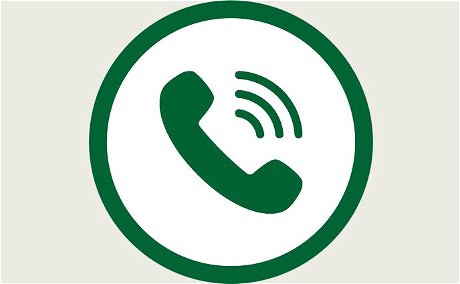
Emergency Contact
We have a dedicated 24-hour telephone contact number, which should be used in the event of an emergency… or otherwise. Should you need to call the number, we will do what we can to help.
Emergency contact number: +61 418 692 052
This is an Australian number which will be contactable 24 hours a day, 7 days a week for the duration of the trip. In the event of an emergency, friends or family can also contact you on this number during your travels.
If your flight is delayed or cancelled, please let us know so we can make appropriate arrangements for airport pickup, accommodation or different trip joining instructions. There is no need to contact the emergency number in this situation. The number to contact will be advised. In the unlikely event you are unable to get through and Internet is available, please email:

Travel Insurance
“Don’t leave home without it” Please bring a photocopy of the policy for the tour leaders records.
BOA does not accept travel policies that come with a credit card. Please ensure to read the fine print before purchasing your policy.
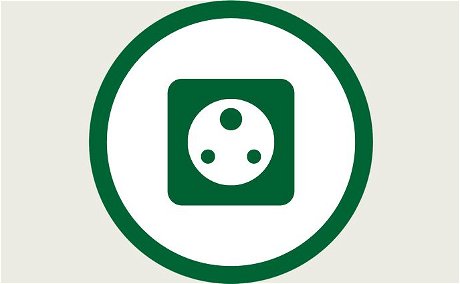
Time & Voltage
Time: GMT 5.30
Electricity: 230/240 vlts
Plugs: In India, outlets of types C, D & M are in use.

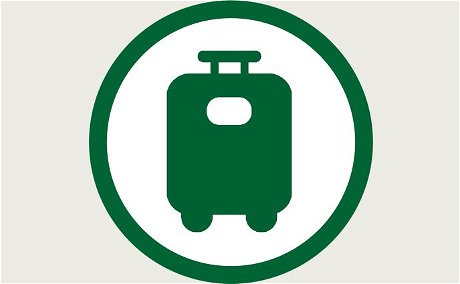
Share This Page